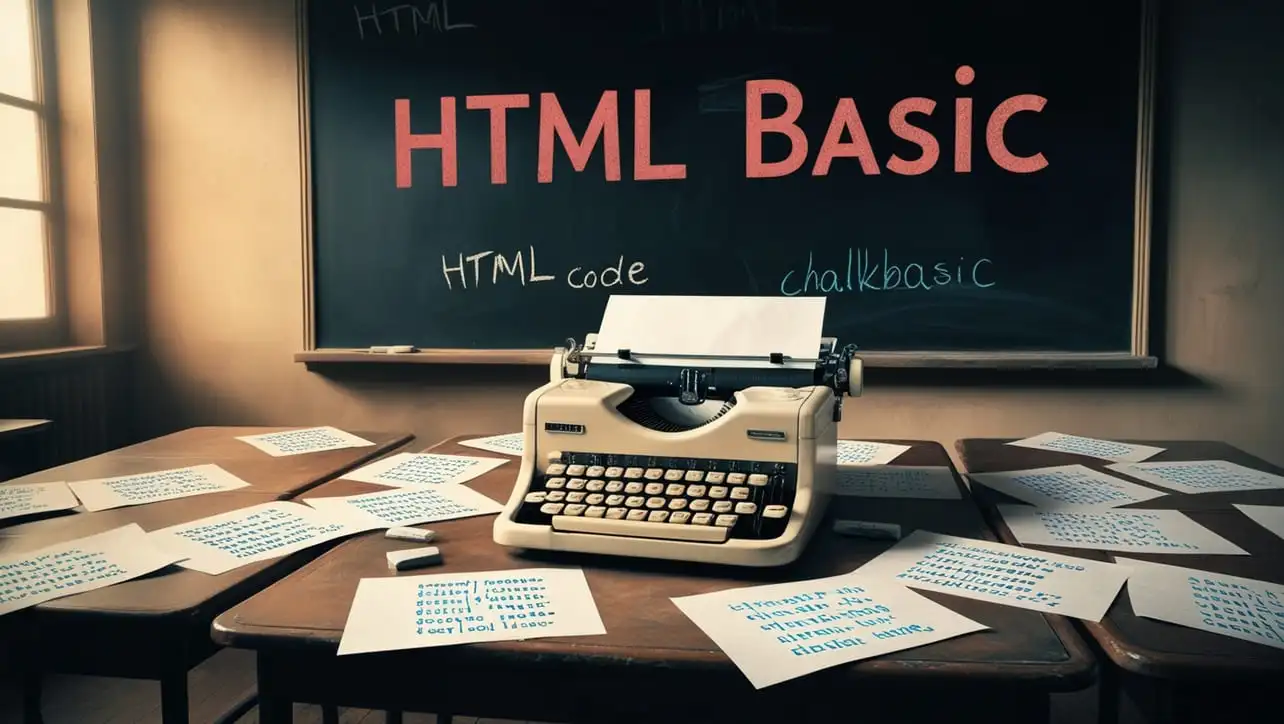
HTML Topics
- HTML Intro
- HTML Basic
- HTML Editors
- HTML CSS
- HTML Tags
- <!--...-->
- <!DOCTYPE>
- <a>
- <abbr>
- <address>
- <area>
- <article>
- <aside>
- <audio>
- <b>
- <base>
- <bdi>
- <bdo>
- <bgsound>
- <blink>
- <blockquote>
- <body>
- <br>
- <button>
- <canvas>
- <caption>
- <cite>
- <code>
- <col>
- <colgroup>
- <data>
- <datalist>
- <dd>
- <del>
- <details>
- <dfn>
- <dialog>
- <div>
- <dl>
- <dt>
- <em>
- <embed>
- <fieldset>
- <figcaption>
- <figure>
- <footer>
- <form>
- <h1> to <h6>
- <head>
- <header>
- <hgroup>
- <hr>
- <html>
- <i>
- <iframe>
- <img>
- <input>
- <ins>
- <kbd>
- <label>
- <legend>
- <li>
- <link>
- <main>
- <map>
- <mark>
- <menu>
- <meta>
- <meter>
- <nav>
- <noscript>
- <object>
- <ol>
- <optgroup>
- <option>
- <output>
- <p>
- <param>
- <picture>
- <pre>
- <progress>
- <q>
- <rp>
- <rt>
- <ruby>
- <s>
- <samp>
- <script>
- <search>
- <section>
- <select>
- <small>
- <source>
- <span>
- <strong>
- <style>
- <sub>
- <summary>
- <sup>
- <svg>
- <table>
- <tbody>
- <td>
- <template>
- <textarea>
- <tfoot>
- <th>
- <thead>
- <time>
- <title>
- <tr>
- <track>
- <u>
- <ul>
- <var>
- <video>
- <wbr>
- HTML Deprecated Tags
- HTML Events
- HTML Event Attributes
- HTML Global Attributes
- HTML Attributes
- HTML Comments
- HTML Entity
- HTML Head
- HTML Form
- HTML IndexedDB
- HTML Drag & Drop
- HTML Geolocation
- HTML Canvas
- HTML Status Code
- HTML Language Code
- HTML Country Code
- HTML Charset
- MIME Types
HTML sub Tag

Photo Credit to CodeToFun
🙋 Introduction
In the HTML markup language, the <sub> tag plays a crucial role in defining subscript text. This guide aims to provide a comprehensive understanding of the <sub> tag and how to effectively implement it in your web development projects.
🤔 What is <sub> Tag?
The <sub> tag is an essential HTML element used to render text or characters in a subscript style. Subscripted text appears slightly below the baseline, often employed for mathematical notations, chemical formulas, and footnotes.
💡 Syntax
To utilize the <sub> tag, enclose the text or content you want to appear in subscript within the opening <sub> and closing </sub> tags.
<sub>Your Subscripted Text Here</sub>🧰 Attributes
The <sub> tag typically does not require additional attributes. However, you can combine it with other tags or attributes to achieve specific styling effects if needed.
<p>This is a chemical formula: H<sub>2</sub>O</p>📚 Common Use Cases
Mathematical Notations:
The
<sub>tag is commonly used in mathematical expressions to represent indices or subscripts.mathematical-notations.htmlCopied<p>The area (A<sub>1</sub>) of the first circle is smaller than the area (A<sub>2</sub>) of the second circle.</p>Footnotes:
In academic or content-rich websites, the
<sub>tag can be employed to display footnotes in a visually distinct manner.footnotes.htmlCopied<p>This statement requires clarification<sub>1</sub>.</p>
🖥️ Browser Support
Understanding the compatibility of the <sub> tag across different browsers is essential for delivering a consistent user experience. Here's an overview of its support:
- Google Chrome: Fully supported.
- Mozilla Firefox: Fully supported.
- Microsoft Edge: Fully supported.
- Safari: Fully supported.
- Opera: Fully supported.
- Internet Explorer: Fully supported
🏆 Best Practices
- Use the
<sub>tag for content that genuinely belongs in subscript form, such as mathematical notations or footnotes. - Combine the
<sub>tag with appropriate text elements to ensure semantic and accessible markup.
🎉 Conclusion
Mastering the <sub> tag is essential for web developers aiming to present subscripted text with precision. By implementing this tag appropriately, you can enhance the visual clarity and accessibility of your content.
👨💻 Join our Community:
Author

For over eight years, I worked as a full-stack web developer. Now, I have chosen my profession as a full-time blogger at codetofun.com.
Buy me a coffee to make codetofun.com free for everyone.
Buy me a Coffee












If you have any doubts regarding this article (HTML sub Tag), please comment here. I will help you immediately.